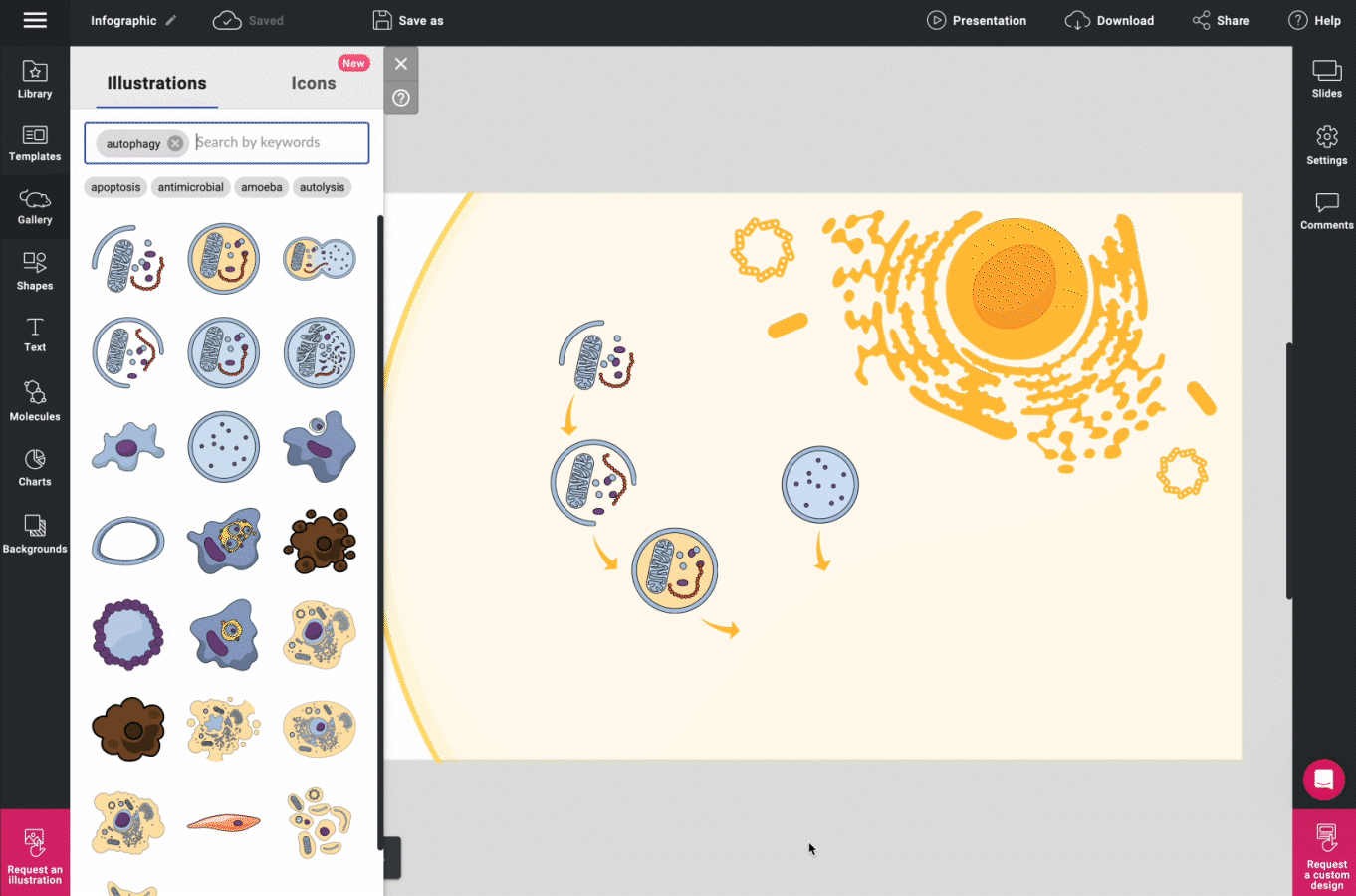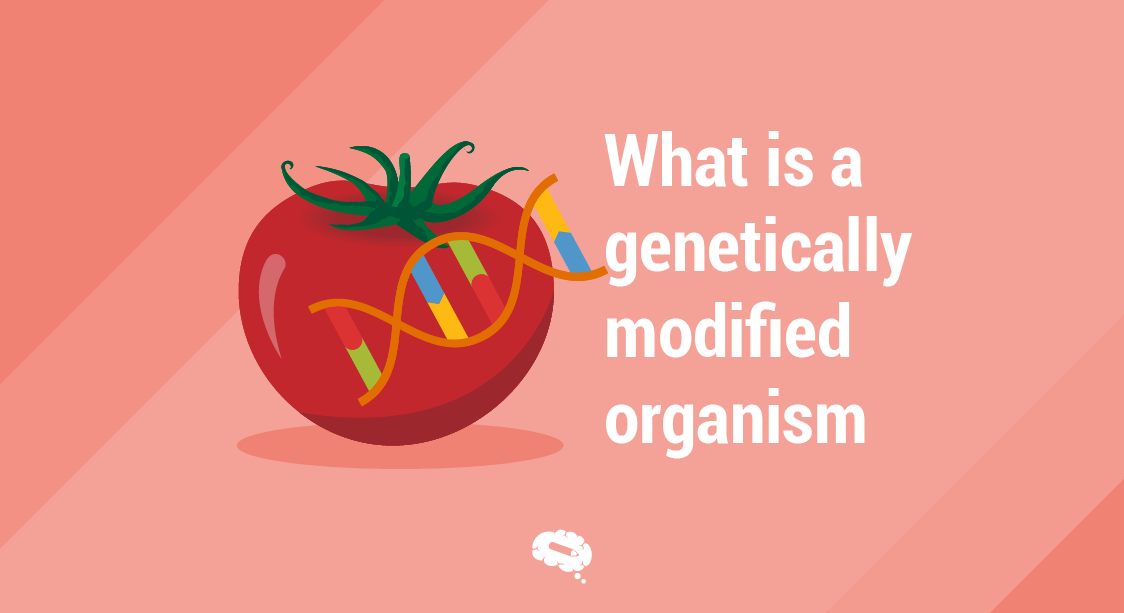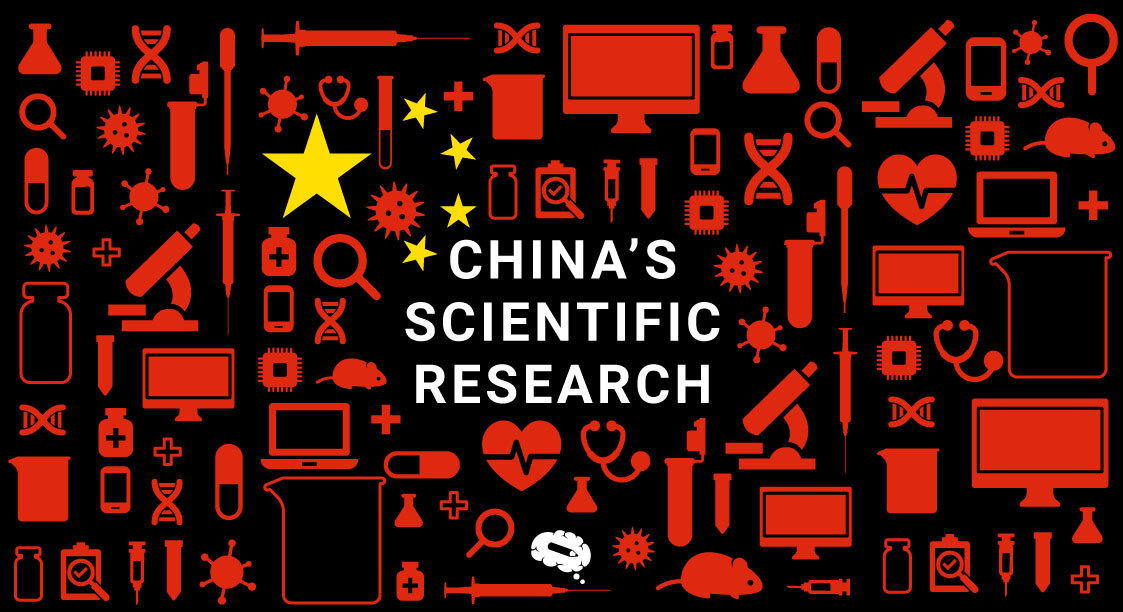What Is A Genetically Modified Organism?
Each living organism contains genetic material to carry information from generation to generation. This information is stored in the form of a tightly regulated sequence of “ATGC” amino acids. These codes dictate various cellular processes from protein formation (at the cellular level) to motility or reproduction (at the organism level). These codes define organisms and give them specific characteristics for generations together. If altered, these organisms can serve as production units for various industrially important products or impart various important characteristics to the organism.
Essentially, a Genetically Modified Organism is a living organism whose genetic material has been altered through genetic engineering techniques. This manipulation can be carried out by the modification of an organism’s DNA, often by inserting or deleting specific genes, to achieve desired traits or characteristics. The primary objective of genetic modification is to enhance the organism’s traits, such as resistance to pests, tolerance to harsh environmental conditions, improved nutritional content, or increased crop yield.
Genetic Modification
The process of creating GMOs typically involves the identification of the characteristics of interest. The subsequent step involves identifying and isolating genes from one organism and then inserting them into the DNA of another, unrelated organism. This transfer of genetic material is a complicated process. The transfer and acceptance of genes would happen based on various features of the incoming DNA like size, genus, and relative similarity of the sequences. This gene transfer enables scientists to introduce specific traits that may not naturally occur in the target organism. Genetic modification can be applied to various organisms, including plants, animals, and microorganisms.
Gene modification has become easier with the Nobel prize-winning discovery of CRISPR. However, there is still a long way for food or pharma products to become fully dependent on gene modification. Understanding the complexities of genetic modification is crucial in navigating the evolving landscape of biotechnology, agriculture, and the ethical implications surrounding GMO usage. As technology advances and research in genetic engineering continues, the discussion on the benefits and risks of genetically modified organisms remains a central topic in scientific, agricultural, and public discourse.
Related article: How Does CRISPR Therapy Operate in Gene Therapy?
Examples Of GMOs In Various Industries Such As Agriculture, Medicine, And Research
Throughout the years, numerous fields have used GMOs and expired the advantages.
Agriculture
- Bt Cotton: Cotton plants genetically modified to produce a toxin from the bacterium Bacillus thuringiensis (Bt). This toxin acts as an insecticide, reducing the need for external insecticide applications. Bt Cotton is one of the popular examples of agricultural application of GMO.
- Roundup Ready Soybeans: Soybean plants engineered to resist the herbicide glyphosate, allowing farmers to use the herbicide to control weeds without harming the crop.
Medicine
- Insulin-Producing Bacteria: Recombinant DNA technology has been used to insert the human insulin gene into bacteria such as Escherichia coli. These modified bacteria can produce human insulin, which is then harvested and used for diabetic patients.
- Genetically Modified Yeast for Hepatitis B Vaccine: Yeast cells have been genetically modified to produce proteins similar to those found in the hepatitis B virus, leading to the production of vaccines against hepatitis B.
Research
- Fluorescent Proteins in Model Organisms: Genetically modified organisms, such as mice or fruit flies, expressing fluorescent proteins (e.g., Green Fluorescent Protein or GFP) are widely used in biological research. These proteins enable scientists to track and study specific cells or proteins under a microscope.
- Genetically Modified Mice for Disease Studies: Mice with specific genes altered or removed are created to study the role of these genes in various diseases. These mice models provide valuable insights into human biology and potential therapeutic approaches.
Environmental Applications
- Genetically Modified Bacteria for Bioremediation: Engineered bacteria have been developed for cleaning up environmental pollutants. For example, bacteria modified to break down oil spills or degrade toxic chemicals can be used in bioremediation efforts.
Food Industry
- Genetically Modified Salmon: AquaBounty’s AquAdvantage salmon is engineered with a growth hormone gene, allowing it to grow faster and reach market size faster than conventional salmon.
- Golden Rice: Engineered to produce beta-carotene, a precursor of vitamin A, Golden Rice aims to address vitamin A deficiency in populations relying heavily on rice as a staple food.
Benefits Of Genetic Modification In Organisms
Genetic modification in organisms offers several potential benefits across various sectors. Here are some key advantages:
- Increased Crop Yield
- Pest and Disease Resistance
- Improved Nutritional Content
- Drought and Salinity Tolerance
- Faster Growth and Maturation
- Medical Advancements
- Reduced Environmental Impact
- Bioremediation
- Enhanced Flavor and Shelf Life
- Scientific Research Tools
Environmental Impact Of GMOs
The environmental impact of Genetically Modified Organisms is a subject of ongoing debate and study. One of the potential positive aspects is the reduction in the use of chemical pesticides, as some GMOs are engineered to resist pests, thereby decreasing the need for external pest control measures. This can lead to lower environmental pollution and decreased harm to non-target species. Additionally, GMOs designed for drought or salinity tolerance may contribute to more sustainable agriculture in regions facing water scarcity.
However, concerns have been raised about unintended consequences, such as the development of resistance in target pests or the potential for gene flow to wild populations. Critics argue that the widespread cultivation of GMO crops may result in the loss of biodiversity and disrupt ecosystems. Moreover, the use of genetically modified organisms for bioremediation raises questions about their potential long-term effects on natural ecosystems. The environmental impact of GMOs remains a complex and nuanced topic, necessitating continued research and careful consideration of their benefits and risks.
Example Of The Failed GMO In The Market
One notable example of a failed genetically modified organism in the market is the case of Monsanto’s genetically modified wheat, specifically the strain known as MON71800. Monsanto, now a part of Bayer, developed this genetically modified wheat to become resistant to the herbicide glyphosate, commonly sold under the brand name Roundup.
In 2013, the U.S. Department of Agriculture (USDA) announced that an unapproved strain of genetically modified wheat, which was supposed to be discontinued years earlier, was found growing in an Oregon field. The presence of this unapproved GMO wheat was unexpected and raised concerns among trading partners and consumers.
Unapproved Strain
The genetically modified wheat found in Oregon was identified as MON71800, a strain that had undergone field trials in the early 2000s but was never approved for commercial cultivation.
Impact on Trade
The discovery led to disruptions in international wheat trade, particularly with countries that are sensitive to the presence of unapproved GMOs. Several countries temporarily suspended imports of U.S. wheat until the extent of the contamination was assessed.
Investigations and Cleanup
Following the discovery, investigations were conducted to determine how the unapproved GMO wheat ended up in the field. Monsanto cooperated with authorities, and measures were taken to clean up the affected area.
Market Consequences
The incident had economic consequences, as it affected the market for U.S. wheat exports. It underscored the challenges associated with preventing the unintended presence of genetically modified crops in conventional or organic production systems.
Loss Of Public Trust
The incident contributed to concerns about the potential for unintended releases of GMOs and the adequacy of regulatory oversight. It also raised questions about the ability to prevent the escape of experimental genetically modified strains into commercial fields.
Regulations And Monitoring Mechanisms For Environmental Safety
The regulation and monitoring of genetically modified organisms for environmental safety vary across countries and regions. Different regulatory bodies and frameworks have been established to assess and manage the potential environmental risks associated with the release of GMOs. Here are some common aspects of regulations and monitoring mechanisms for environmental safety.
Regulatory authorities typically require developers of GMOs to conduct comprehensive environmental risk assessments before their release into the environment. This assessment evaluates potential risks, such as gene flow, effects on non-target organisms, and impacts on biodiversity. Various countries have established regulatory agencies responsible for overseeing the approval and monitoring of GMOs. For example, in the United States, the Animal and Plant Health Inspection Service (APHIS) oversees the regulation of genetically engineered organisms.
Many regulatory frameworks adopt a case-by-case approach, meaning that each GMO is evaluated individually based on its specific characteristics, intended use, and potential environmental impact. Public consultation is often a part of the regulatory process, allowing stakeholders, including the public, scientists, and non-governmental organizations, to provide input and express concerns regarding the environmental safety of GMOs.
Once approved, GMOs are often subject to ongoing monitoring and surveillance to assess their environmental impact over time. This may involve regular reporting by developers and independent monitoring to ensure adherence to regulations. Some regulatory frameworks require post-release monitoring of GMOs to detect any unexpected or long-term environmental effects that may not have been anticipated during the initial risk assessment. To prevent unintended gene flow, regulations may stipulate the establishment of buffer zones or isolation distances between GMO crops and related wild or non-GMO crops. Certain regions require the labeling of GMO products to allow consumers to make informed choices. Additionally, traceability measures may be implemented to track and identify GMOs throughout the supply chain.
Given the global nature of environmental issues, international collaboration plays a crucial role. Organizations like the Cartagena Protocol on Biosafety provide a framework for the safe transfer, handling, and use of living modified organisms. Regulatory frameworks are subject to periodic review and updating to incorporate new scientific knowledge and address emerging issues. This ensures that regulations remain robust and effective in safeguarding environmental safety.
However, there is still a lack of awareness of GMOs, their usage and the availability of GMO-based products to the common public. Considering all potential policies aimed at preventing environmental impact on the environment, the probability of the hazard can not be denied.
Ethical And Sociopolitical Considerations
Ethical Concern
Critics raise concerns about the potential unintended consequences of GMOs, including the risk of gene flow to wild populations, the loss of biodiversity, and ecological disruptions. There are concerns about the economic implications of GMO adoption, particularly in developing countries. Issues such as seed patents, corporate control over agricultural technologies, and potential impacts on traditional farming practices are often raised. Policies may address strategies for coexistence between GMOs and conventional or organic crops, as well as containment measures to prevent unintended gene flow. Some policies include provisions related to liability and redress mechanisms in case of unintended or adverse effects resulting from the use of GMOs. These mechanisms are intended to address any harm caused by the release of GMOs into the environment.
Socio-Political Aspect
Societal debates often revolve around the balance between addressing global challenges like food security and environmental sustainability while minimizing the potential harm to ecosystems. The adoption of GMOs may influence power dynamics in the agricultural sector, with implications for small-scale farmers, access to technology, and the overall structure of the food supply chain.
Final Thoughts On The Future Direction Of Genetic Modification
Building public trust and acceptance of Genetic Modification (GM) products is an ongoing challenge, especially when addressing the question, “What is a genetically modified organism?”. Providing clear information, addressing safety concerns, and involving the public in decision-making processes are essential to foster positive attitudes toward genetic modification. Consideration of the impact of GM on biodiversity will be important, as we strive to balance harnessing genetic modification for agricultural productivity while preserving natural ecosystems.
As new genetic modification technologies like gene drives and synthetic biology emerge, it is crucial to meticulously consider their ethical, legal, and social implications. Promoting education and public engagement in discussions around genetic modification will be crucial to enhancing scientific literacy and fostering informed public debate. Responsible innovation, informed decision-making, and ongoing dialogue will shape the trajectory of genetic modification in the years to come.
Find The Perfect Illustration For Your Research In Our Gallery!
As a researcher, locating internet visuals that align with your thesis can prove challenging. If you encounter this obstacle, consider Mind the Graph as your solution. This infographic tool provides access to a vast library of scientific graphs, ensuring you find the visuals you require. Should you not discover the images you seek, our team stands ready to create them for you. Sign up today to access top-tier scientific visuals.


Subscribe to our newsletter
Exclusive high quality content about effective visual
communication in science.








